You’re in a new country and have made the decision to drive rather than catch public transport to get about. It’s easier to make this decision in some countries than others, but it’s important to have at least some local knowledge to help stay safe on the road.
Driving in unfamiliar places
If you’re driving in a new country, take a little time to get used to different conditions, especially if you are away from main urban centres.
[lists style=”check” color=”#1e73be”]- Language – Road signs may be in a language you don’t understand. Make sure you know what you’re looking for before you set out on your drive.
- Signs – even if there are no words, it may still be difficult to decide exactly what they mean!
- Local anomalies – In Australia, on country roads, you are likely to find gates (if they’re closed, close them after you’ve passed through!) Grids are another surprise for the unwary. Instead of gates, some property owners dig a trench in the road. They make a bridge using parallel lengths of railway line steel. The spacing is just enough to ensure stock can’t walk across, but the noise when you drive across can be a shock to the uninitiated driver.
- Dirt (unsealed) roads are common in many countries. If it’s been dry, there may be a loose surface that can be hard to drive on and hard braking can be dangerous. Even a little rain can make things slippery. If it’s rained a lot, be prepared to get out of a bog.
- Flooded roads – floods can come up quickly after even a short period of rain. If the water is crossing the road, the message is “If it’s flooded, forget it!”. An Australian campaign to educate and inform drivers is certainly applicable to all countries, as it shows how even 15cm of water moving quickly, can cause a small car to float away.
- Unsealed edges can cause problems, especially on narrow country roads. You will have to move one wheel onto them on a narrow road when passing. If you are travelling too fast, it is easy to skid, so slow down when you see on-coming traffic. Many countries do have unsealed roads, even in urban areas.
- Many countries, particularly in Asia, have pop-up food and fruit stalls by the roadside. Watch for people stopping suddenly to go and buy, or crossing the road. If you want to stop, check for following vehicles and pull well off the road.
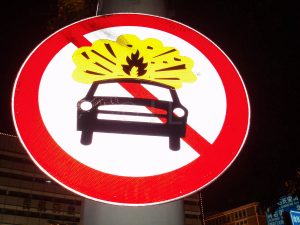
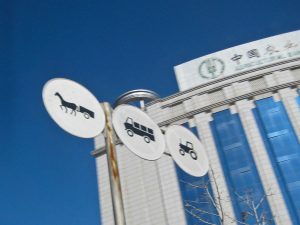
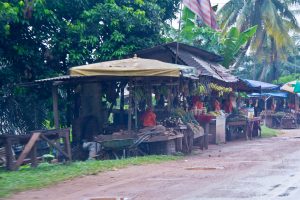
Different side of the road
Cars have to be driven on the right side of the road in more countries than those driving on the left. While most of the ‘left side of the road’ countries are members of the Commonwealth, it’s not a reliable guide. Japan and Thailand are two notable exceptions to this ‘rule’. There are some strange anomalies. Myanmar imports a lot of second hand cars from Japan (right hand drive cars) which stayed the same even after the country abruptly changed to driving on the left in December 1970. Some road signs still face the wrong way and older buses may have the door on the wrong side.
Some points to note:
[lists style=”check” color=”#1e73be”]- Crossing a national border between a right/left driving side requires close attention to the signs. Crossing the Laos/Thailand border is a case in point.
- You have to remain focused if you are not driving on your ‘usual side’. Don’t drive when tired.
- Pedestrians must also be aware of the traffic direction before stepping off the curb.
Speed limits
[lists style=”check” color=”#1e73be”]- Speed limits must be followed. Seems obvious, but watch for the signs and don’t assume tourists will be given a second chance.
- Not all countries have an upper limit on the speed you may drive. Germany is one such country, but this does not apply everywhere, it depends on conditions.
- Remember signs may be in kph or mph depending on the country and only the numbers may be displayed. Make sure you know which system is used.
- The ending of speed limits may be shown in different ways. In Malaysia, look for the word ‘TAMAT’ meaning ‘end’. In Germany a sign with 5 diagonal lines signifies end of any speed limits.
Driving under the Influence (DUI)
The short comment here is Don’t.
[lists style=”check” color=”#1e73be”]- Different countries have varying levels of tolerance for ‘driving under the influence’ and penalties are similarly different.
- Breath and/or blood tests may be used to determine the level of impairment.
- These tests take time and you may be held while the results are confirmed.
- Examples of substances that may put you ‘under the influence’ are alcohol, prescription and non-prescription drugs and illegal substances.
- If you have illegal substances (different countries, different substances and quantities) with you, you may find yourself facing more serious charges. Check before you travel.
Wildlife
Monkeys, snakes, lizards, birds (especially large ones like wedge tailed eagles), elephants, kangaroos & koalas are but a few of the wildlife you may come across on the roads. They may cross the road unexpectedly, or even rest on warm roads at night or in winter sun. Dusk and dawn are times you should be very careful for animals on the move.
[lists style=”check” color=”#1e73be”]- Kangaroos and other large animals can make a mess of your vehicle if you hit one. If you run over one that has been dead on the road a while, it will smell and the smell will stick.
- Keep your eyes open for warning signs advising you of wildlife in the area. Early morning and around sunset are times to watch for moving animals.
- Of special consideration when driving in Australia, is the mobs of sheep or cattle you may see on country roads. When there is little feed on the owner’s property, they may apply for ‘agistment’. This means that the animals graze on the road shoulders. There will be a warning about animals on the road and if there’s no speed limit noted, don’t go over 60kph.
- Be aware that if you hit/kill any of the animals, you are liable to pay for the loss, which will probably be expensive.
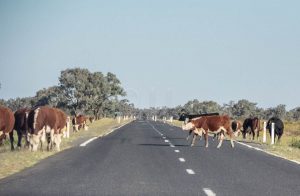

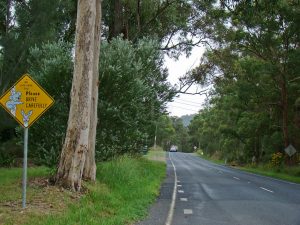
Other drivers – countries with awful driving records
Think very carefully before you make that decision to drive in certain countries. There are some countries where it may be safer and quicker to stay off the roads completely and catch a train.
[lists style=”check” color=”#1e73be”]- Thailand is one country with a less than stellar road safety record. With a reported death rate around 44 per 100,000 people per year they’re only topped by Namibia with 45.
- Anecdotal evidence from China and Russia suggests these might be places to exercise caution as well.
- If you want to drive in China you need a Chinese driving licence, an International permit is not accepted. Chinese licenses are hard to get so get a car and a driver.
- Other drivers – if you aren’t comfortable driving with the speeds allowed on expressways, you may prove a danger to others.
- Traffic rules are not always evenly enforced and there may be unfamiliar or overloaded vehicles on the roads.
- If you have an accident, contact your hire car provider/insurer immediately. Do not attempt to ‘settle’ the matter on the spot.
Motorbikes, scooters, bicycles and other modes of transport
Not everyone finds a car affordable or suitable for their needs. Some alternatives:
[lists style=”check” color=”#1e73be”]- Bicycle, scooter and motorcycle rental is possible in many countries. Read the conditions carefully and also check that your travel insurance covers you in the event of an accident. As with any rental transport – make sure you know the road rules.
- Electric bicycles – these have their own special category. Why? They don’t make any noise and you’ll need to take special care as a rider or pedestrian. Electric bicycles are popular and very common in China.
- Whether you’re in Paris, Penang or Brisbane, look out for local authority run/supported bike hire. Some authorities (Brisbane for one) require you to use helmets, but it’s optional in many other locations. Look for two and three people cycles in Hangzhou, China and four people cycles in Penang!
- Use bike paths where they are provided. Taipei and Brisbane are well sorted out in this respect.
Caravans, motorhomes and 4WD, unfamiliar vehicles
Whether you’re driving an unfamiliar vehicle, or coming across them as you travel, here are a few to look out for:
[lists style=”check” color=”#1e73be”]- You may have to avoid donkey carts in Namibia and horse carts in Bagan, Myanmar. Or look out for horse carriages on roads in Vienna or Paris.
- If you’re used to driving a small car, a larger one can prove to be a challenge. Especially parking and balance on the road will be different. If you’re going from a large one to a smaller vehicles you’ll certainly find the ‘feel’ is different with a much ‘lighter’ accelerator. Check how the brakes feel before you need to use them.
- If you’ve never driven a motorhome or pulled a trailer or caravan, take it slowly. Make yourself familiar with the balance before you go too far.
- Trailers and other long vehicles need to be loaded correctly. Make sure you ask the rental company the best way to do this to ensure the stability of the load.
- Other vehicles on the road may surprise you. China has some really interesting examples of overloaded vehicles, open engines and three-wheelers. Across Asia you’ll see large loads on trucks, utility vehicles and bicycles/motorcycles. Don’t be distracted.
- Watch for the drivers of these interesting vehicles suddenly making turns or pulling out to overtake.
- In Australia look out for Road Trains on country roads. These consist of a lorry head pulling two or three trailers. Don’t attempt to overtake if there isn’t a long stretch of clear road. It’s better to wait for an overtaking lane, which are spaced out on roads which have lots of this type of transport.
Insurance and your driving license
Make sure your licence is up to date before you leave, and take travel insurance. Booking a rental vehicle in advance is advisable, especially for longer periods or peak seasons. Earlier booking usually means lower prices as well.
[lists style=”check” color=”#1e73be”]- Most countries accept an International driving permit, which is in addition to your normal licence. Check with your home motoring association for application details, cost, validity and coverage. They are not accepted in China, where you must have a local licence to drive.
- Many countries give a grace period, generally up to three months, where you can use your home country licence. As above, check your own situation before you travel.
- When you rent a vehicle, the cost includes basic loss and insurance cover, but you are still liable for excess charges. This means you’ll have to pay the first ‘x’ amount which varies depending on various factors (Check the policy for details). You can choose to add an ‘excess waiver’. This may be quite expensive, but is important if you do have any loss or damage as it will limit your outlay.
- Some airlines have an arrangement with insurers whereby you can get a discount on the excess reduction rate. Take the offer if it’s available as is usually a significant saving. Check your travel insurance policy as well, because they may include an amount for excess waiver in the cover.
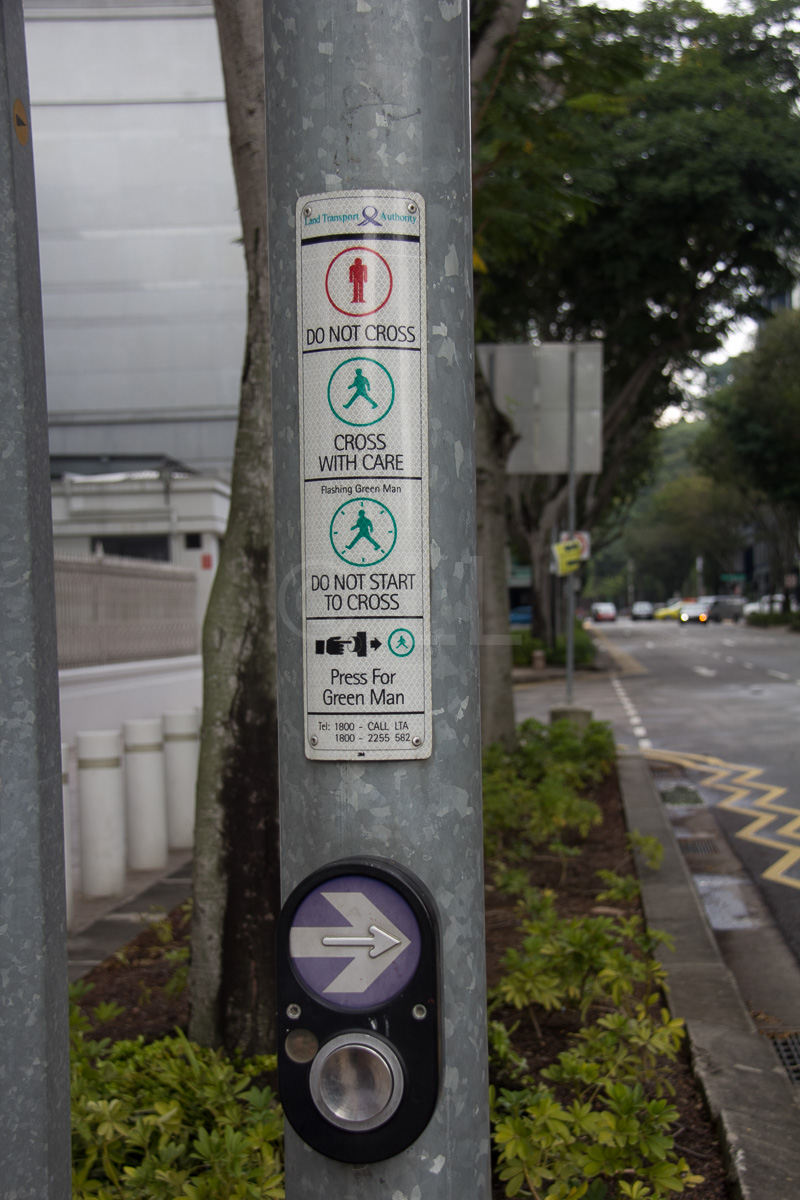
Pedestrians and traffic lights/rules
Don’t assume your personal experience with crossing the road will apply elsewhere.
[lists style=”check” color=”#1e73be”]- If there is an overhead bridge, use it.
- Cross at a proper marked crossing.
- In many countries, the drivers do stop when the light changes. In some countries they do not. Never assume and watch what the locals do.
- Some countries fine heavily for jaywalking.
- Drivers should be aware of possible scams by jaywalkers. This is common in some less developed countries.
Special tips for driving in Australia
And as a final tip, if you’re driving in Australia, here is some useful advice to stay safe on the road from the Queensland Department of Transport and Main Roads.
images ©LL

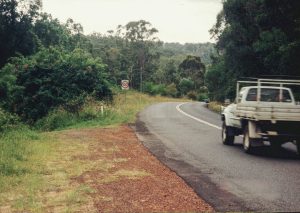

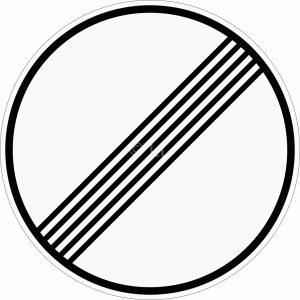
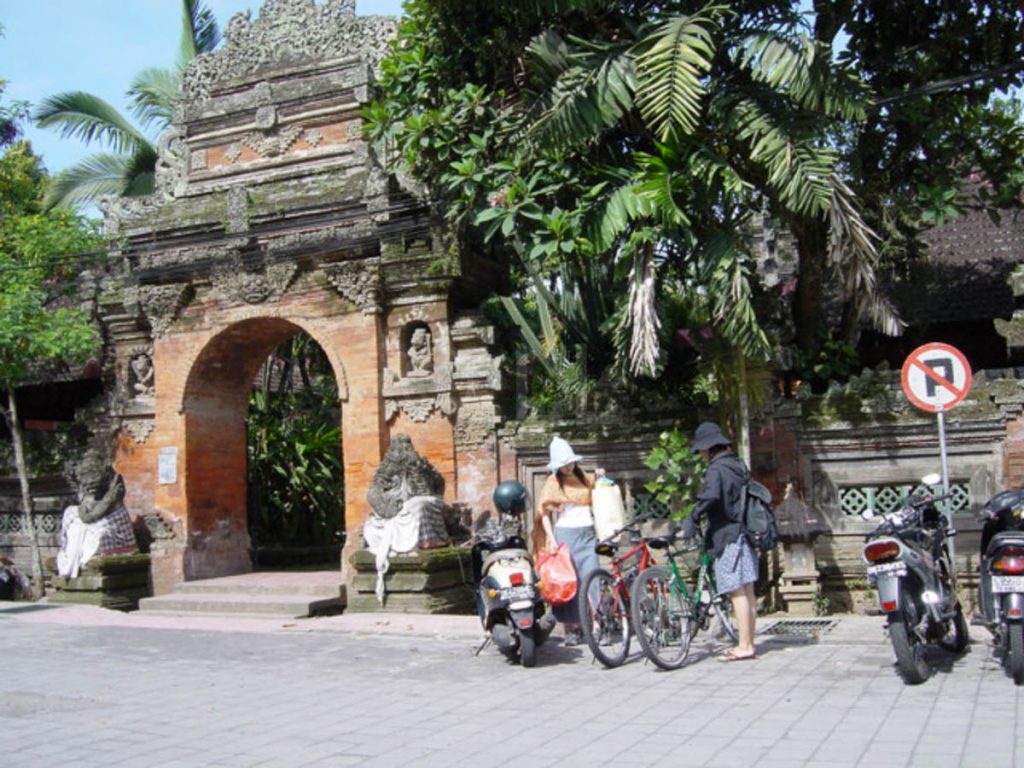

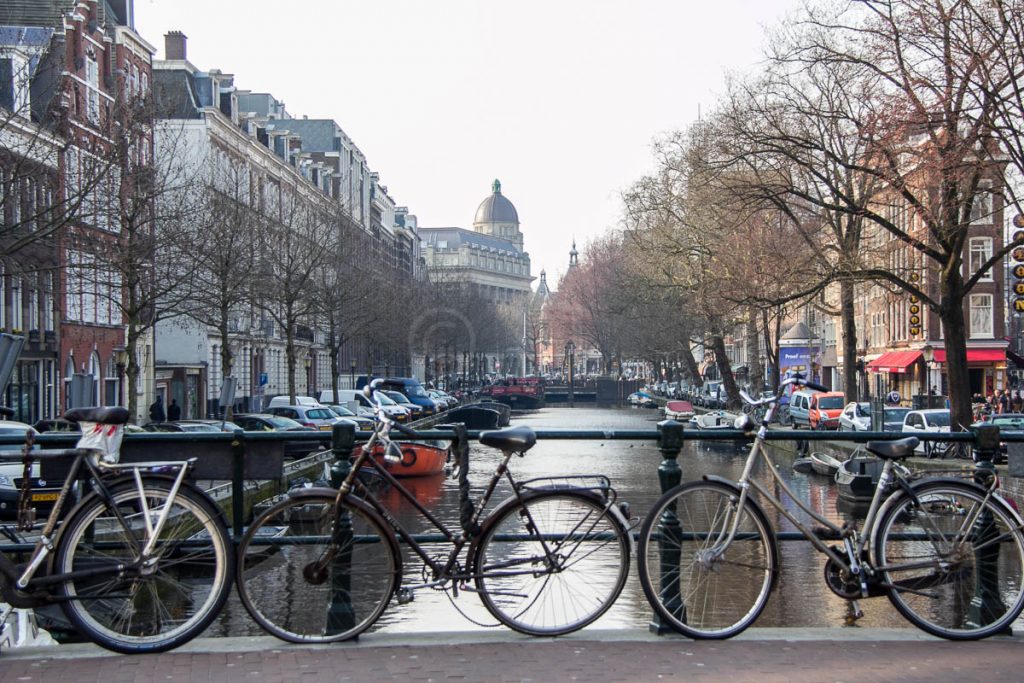
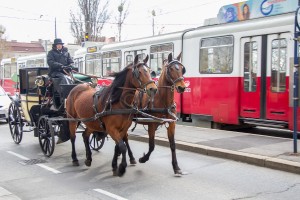

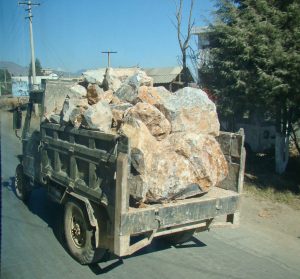
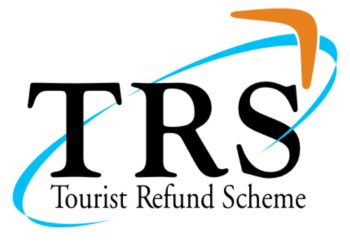
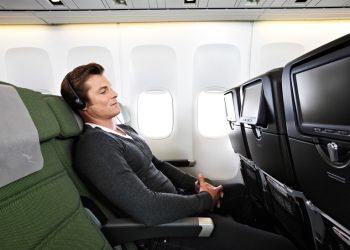

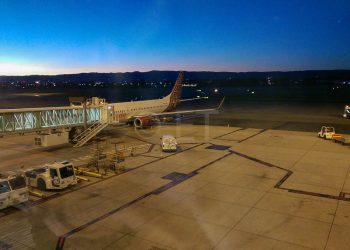

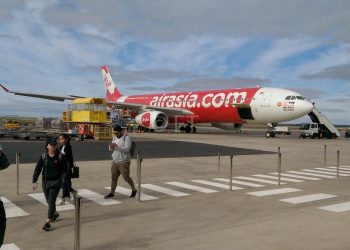
This Post Has 0 Comments